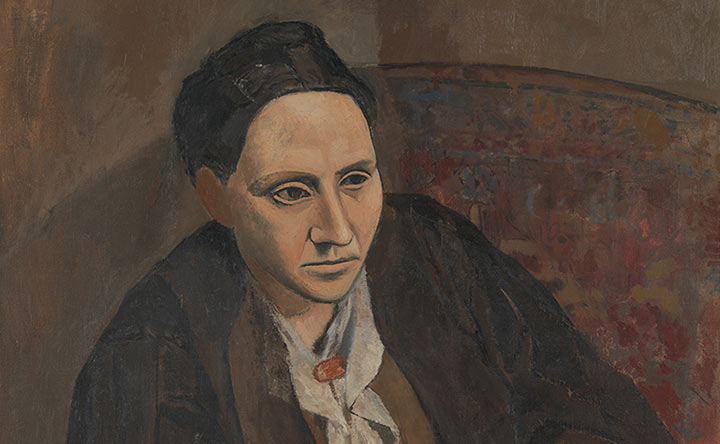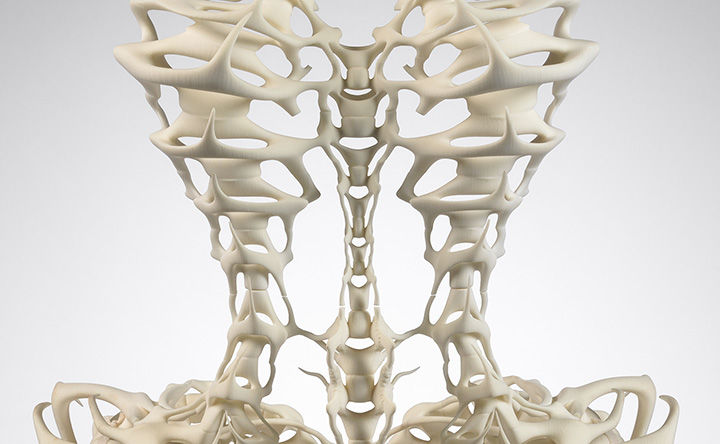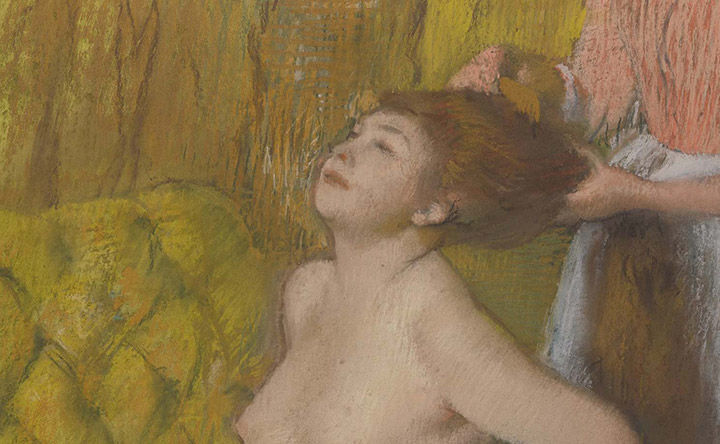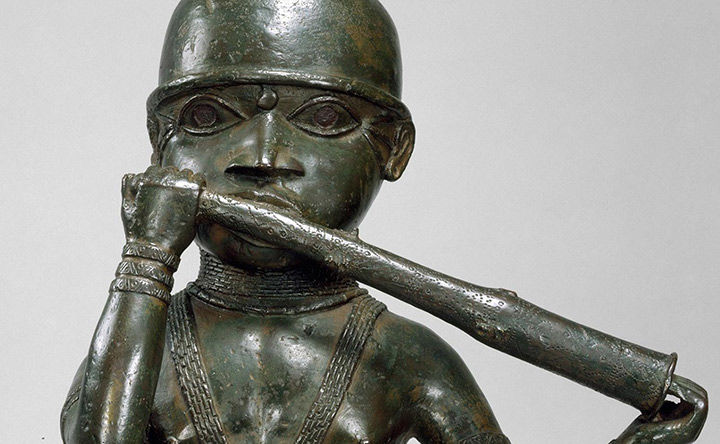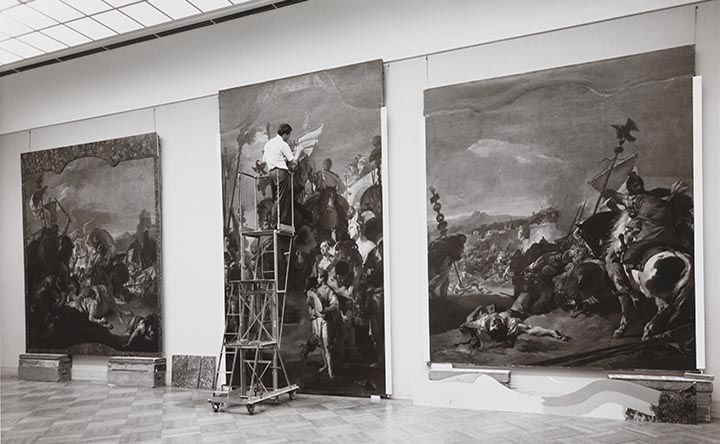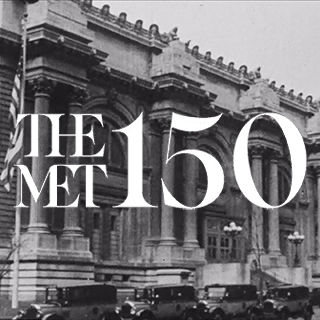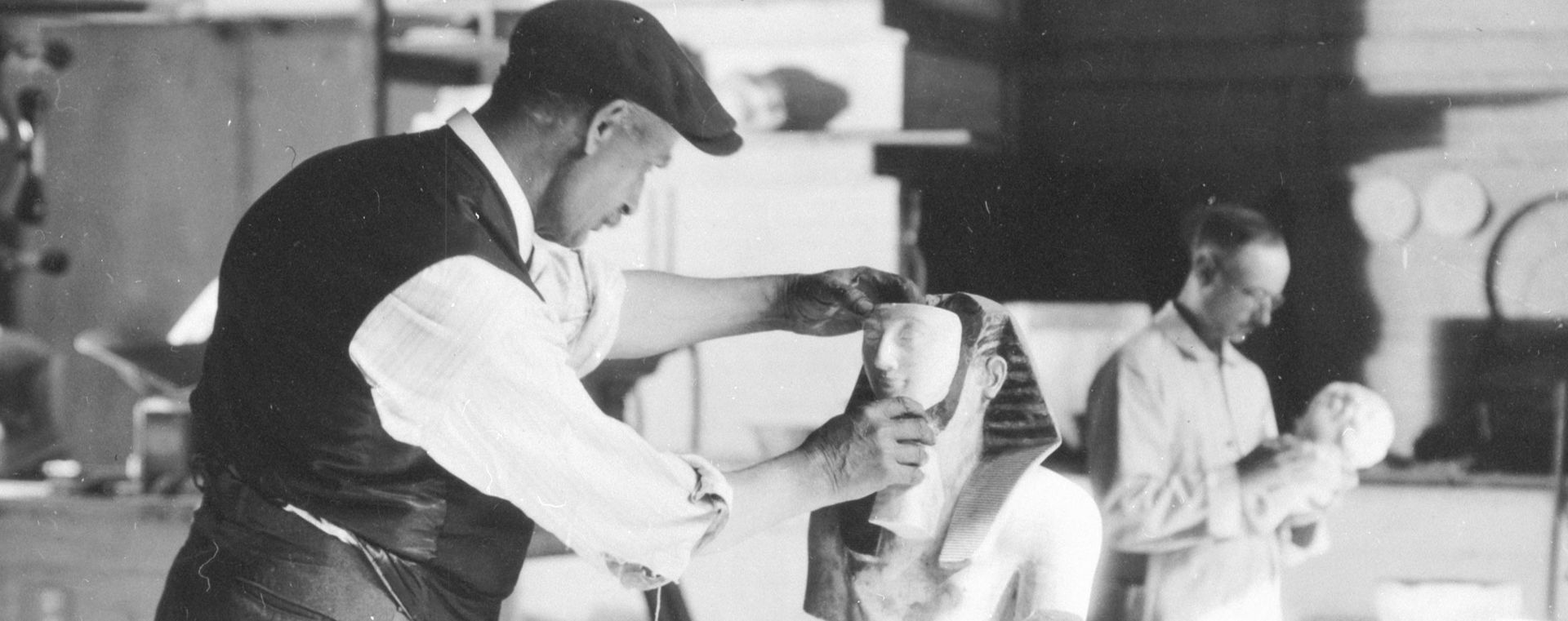
150th Anniversary: Conservation Stories
The Met has been committed to the technical study and preservation of the works of art in its care since its founding in 1870. In conjunction with the exhibition Making The Met, 1870–2020, which traces the development of the Museum's collections and activities in honor of its 150th anniversary, we invite you to learn more about the history of conservation and science at The Met. A series of case studies has been chosen to introduce visitors—both in the galleries and online—to the fascinating ways that technical research and conservation treatments have contributed to our understanding of iconic objects in our collection. These stories serve as reminders of the multiple lives of artworks, their mutability and sometimes vulnerability, and the promise of new technologies to facilitate discoveries about even the most familiar objects.
From its earliest days, The Metropolitan Museum of Art has dedicated substantial resources to the technical study and preservation of its collections. Currently there are nearly one hundred conservators and conservation scientists tasked with these responsibilities, building upon the early efforts of a diverse ensemble of craftsmen and artisans, restorers, scientists, directors, and curators who toiled independently in workshops, laboratories, and offices dispersed across the Museum.
Some of the Museum's early directors played pivotal roles. Under Luigi Palma de Cesnola, the first director (1879–1904), the Museum withstood widespread public scrutiny with regard to allegedly fraudulent restorations of ancient sculpture. The third director (1910–31), Edward Robinson, was a vocal proponent of scientific rigor who engaged the Museum's first scientist, Colin G. Fink, to study corrosion on archaeological bronzes. Robinson's successor, Herbert E. Winlock (1932–39), undertook conservation work on-site at the Museum's Egyptian Expedition excavations.
Conservation practice at the Museum has been shaped by periodic consolidation and dissolution. In 1942, on the initiative of Francis Henry Taylor (director 1940–54), the disparate workshops and studios and their employees were united in a Sub-Department of Conservation and Technical Research under conservation pioneer Murray Pease, who was named Associate Curator. Full departmental status was conferred in 1949, and in 1956 Pease became the first Museum staff member to receive a conservation title. After Pease's untimely death in 1964, The Department of Conservation and Technical Research splintered and was reformed several times, until the late 1970s, when four conservation departments were established under new leadership, a process of specialization that would continue into the early twenty-first century. Today, the Museum's conservation and scientific staff treat and study three-dimensional objects, paintings, works on paper, photographs, and textiles in the dedicated studios and laboratories of five independent conservation departments; the Department of Scientific Research; and the conservation facilities embedded in the Costume Institute, the Watson Library, and the Departments of Arms and Armor and Asian Art (for East Asian paintings).
The expertise of staff in these new departments reflect changes to this emerging field, as academic programs at the graduate level were established in the United States—the first in New York in 1960—and in Europe. Integral to this new professionalism was an increased knowledge of artists' materials and their aging properties, together with an expanded repertoire of investigative techniques. Of possibly even greater significance has been the development of a philosophical framework, guided by an internationally recognized code of conservation ethics, that asserts the primacy of an artist's intent and the importance of a thorough understanding of the context, history, and material nature of works of art. This has led to a more systematic approach to conservation treatment, less cosmetic intervention, and a greater focus on preventive conservation.
A 1922 photograph (detail) shows a repairer fitting a plaster face to a figure of King Thutmose III.
Celebrate the 150th anniversary with special events and projects all year long.



